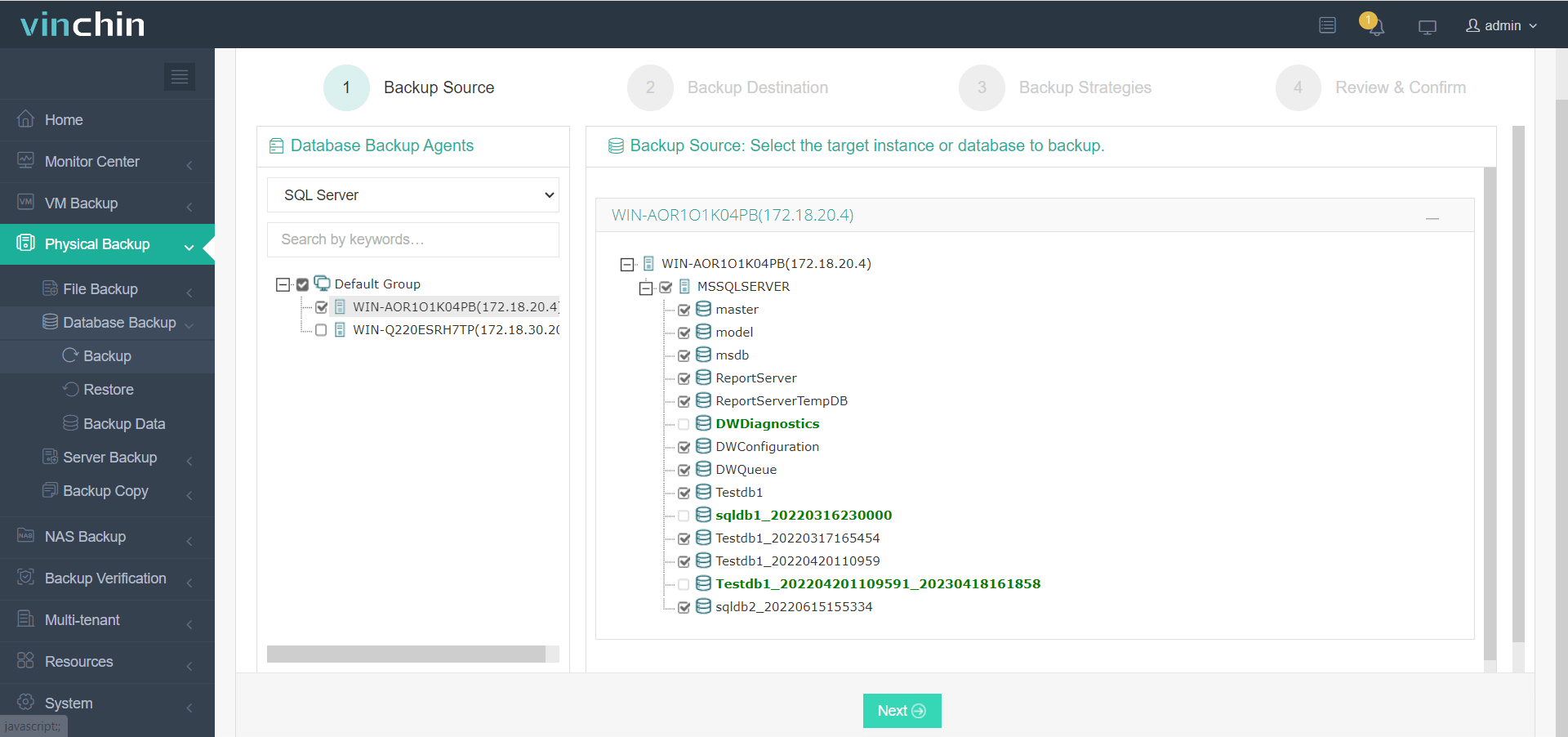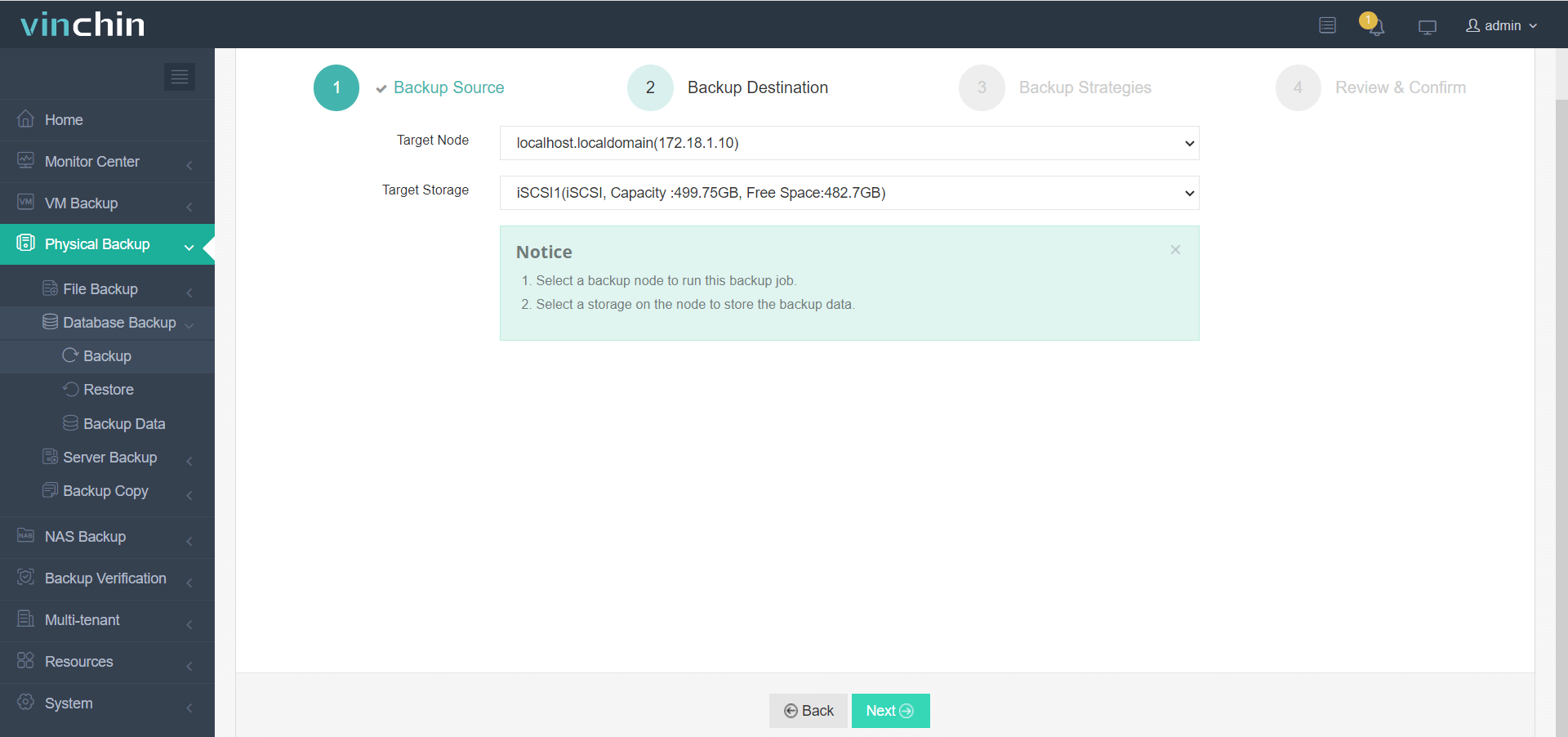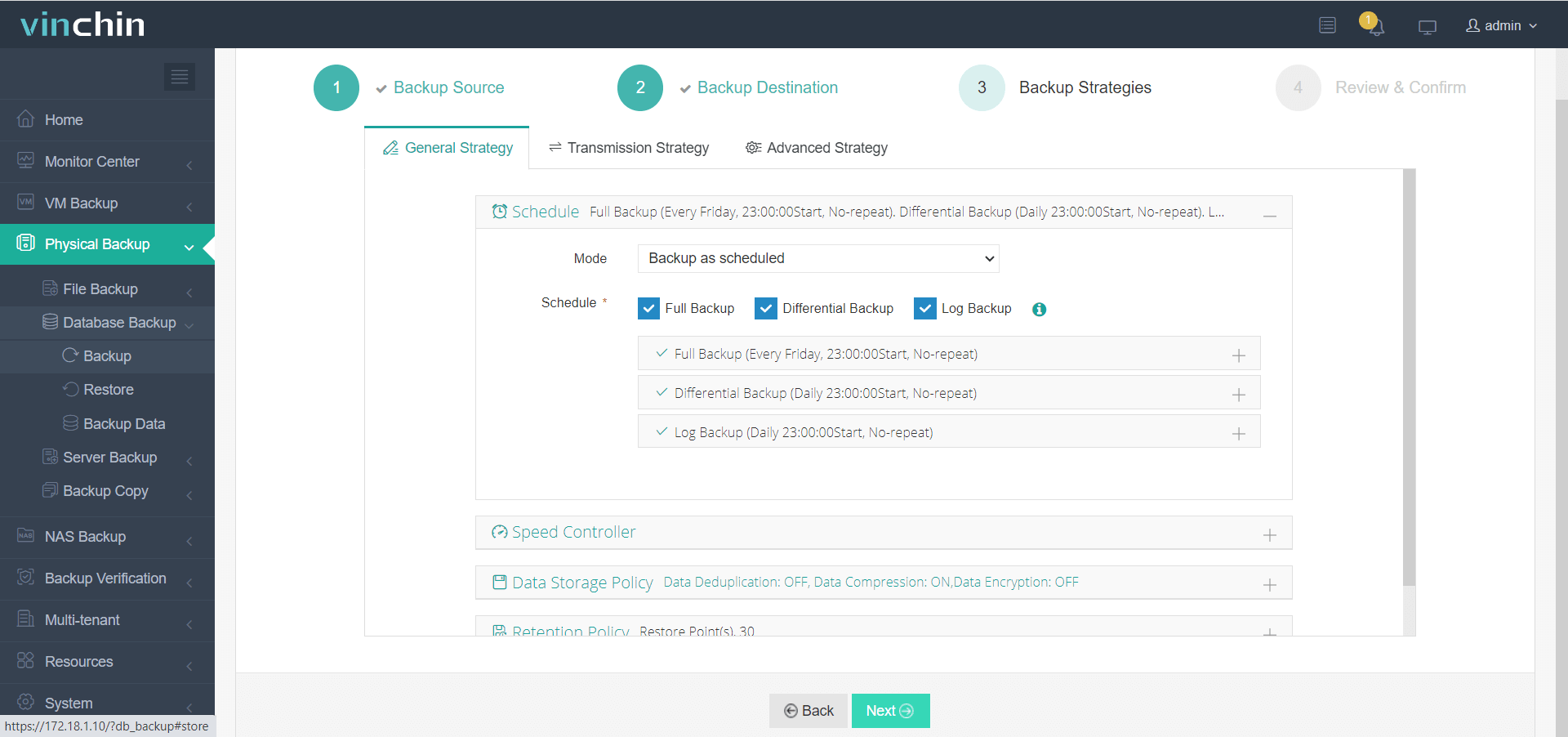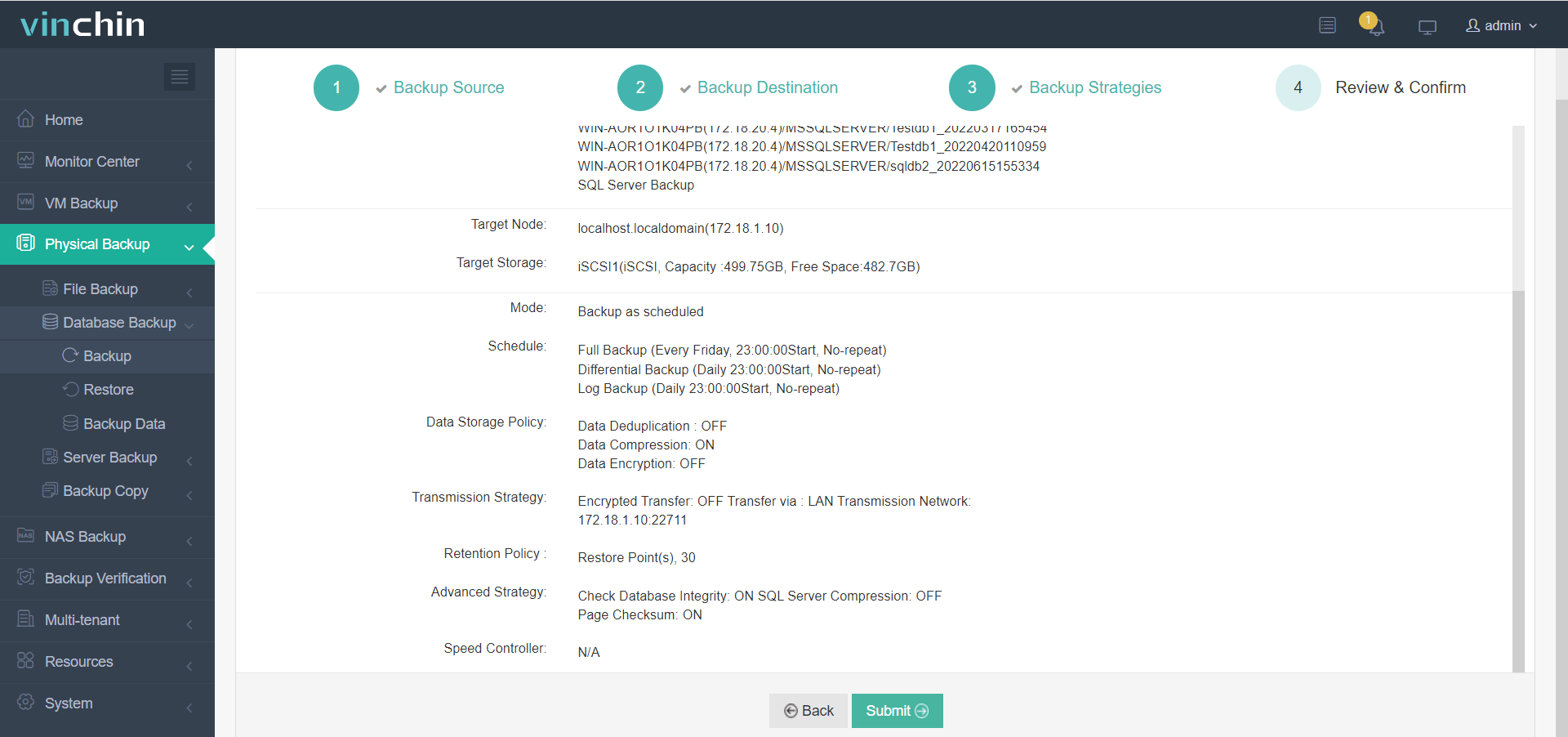-
The Necessity of Database Backups
-
How to Develop a Backup Plan for Large Databases?
-
Common Backup Methods in SQL Server
-
Best Practices for Large Database Backups
-
Best Backup Solution for Large Databases
-
Large Database Backup FAQs
-
Conclusion
In today’s data-driven world, databases have become core assets for businesses and organizations. As data volumes continue to grow, ensuring the security and availability of databases becomes increasingly important.
The Necessity of Database Backups
Large databases often host critical business data and application data. Backups are an important means of protecting this data from loss and damage. The necessity of backups is reflected in several aspects:
Data Loss Protection: Hardware failures, software errors, accidental deletions, or cyberattacks can lead to data loss.
Compliance Requirements: Many industries (such as finance and healthcare) have strict legal and compliance requirements for data retention and backups.
Business Continuity: With effective backup and recovery strategies, organizations can quickly restore business operations after a disaster.
Historical Data Analysis: Backed-up data can also be used for historical trend analysis and reporting, helping businesses better understand past behavior patterns.
How to Develop a Backup Plan for Large Databases?
A good database backup plan should be formulated based on actual conditions, generally considering the following factors:
1. The importance of the data
2. The frequency of data changes
3. The configuration of backup hardware
4. The time required for backups and their impact on server resource consumption related to actual business processing
To create a good backup plan, the following requirements should be met:
1. Minimize the impact on business processing, scheduling long-duration backups during idle times.
2. Ensure that critical data can be restored from any potential damage.
3. Quickly restore data in the event of a database failure.
4. Use backup hardware reasonably, avoiding waste while ensuring it is not idle.
Common Backup Methods in SQL Server
✔️1. Full Database Backup: This copies all information from the database, allowing restoration to a specific point in time. However, since full backups are online operations, a large backup may take an hour or longer, during which the database may change. Thus, it must also back up some transaction logs to recover the database to a transaction-consistent state.
Full database backups are easy to use, containing all data. They are optimal for small databases but require more time and storage as the database grows, and relying solely on full backups may not meet user needs.
✔️2. Differential Backup: This backs up changes made since the last full backup. A full backup must precede a differential backup, and restoration requires first restoring the full backup, then the differential backup. The files generated from differential backups are smaller and require less time.
✔️3. Log Backup: This backs up changes made since the last backup. A full backup must also precede a log backup. Restoration involves first restoring the full backup, then the most recent differential backup (if applicable), followed by each log backup in order. This method generates the smallest backup files, requires the least processing time, and has minimal impact on business, allowing for frequent backups.
✔️4. File/Filegroup Backup: This refers to backing up all data in one or more files or filegroups. In full recovery mode, a complete set of file backups combined with log backups across all files equals a full database backup. Using file backups allows for restoring only the damaged files without affecting the rest of the database, thus speeding up recovery. For instance, if a database consists of several files on different disks and one disk fails, only the backup of that disk’s files needs restoration, reducing recovery time.
Best Practices for Large Database Backups
In summary, a reasonable backup plan should include:
☑️1. Performing full backups during idle business processing times, setting intervals based on data volume and importance, e.g., once a month.
☑️2. Conducting differential backups during less busy times, e.g., once a week.
☑️3. Frequently performing log backups, e.g., every 5 minutes or less for highly important data with rapid changes, determined by the importance of the data and acceptable data loss timeframes.
☑️4. Configuring backup hardware not only to back up to disk but also to consider tapes or other servers, periodically burning backup data to discs for permanent storage. This allows deletion of old backups to free space for new ones, reducing backup hardware investment.
☑️5. For critical data, ensure backups are stored on various media and in multiple locations, so if one backup fails, others remain available.
SQL Server offers several methods to improve the speed of backup and restore operations, minimizing user impact:
Using multiple backup devices simultaneously, allowing backups to write to all devices at once. Similarly, backups can be restored from multiple devices simultaneously.
Combining database backups, differential backups, and transaction log backups to minimize the number of backups needed to restore the database to the point of failure.
Using file and filegroup backups along with transaction log backups to back up or restore only those files containing relevant data instead of the entire database.
Backup Strategies:
1. Small databases: Perform full database backups.
2. Medium databases: Full database backup + differential backup + log backup.
3. Large databases: Full database backup + file/filegroup backups + log backups.
Best Backup Solution for Large Databases
Vinchin Backup & Recovery is a large database backup solution for enterprises that supports multiple virtualization platforms and provides flexible backup strategies for Oracle DB, MySQL, SQL Server, PostgreSQL, Postgres Pro, and MariaDB, including full backup, incremental backup, differential backup and log backup. Well combined with Oracle rMAN+SBT mechanism, SQL Server VDI mechanism and MySQL hot backup technology, the database you want to protect will be transferred directly to the Vinchin backup system under streamlined workflow, improving backup speed and minimizing production resource consumption.
Its optimized storage features, such as data deduplication and compression, significantly reduce backup file storage requirements and reduce backup time. At the same time, its encryption and transmission security functions ensure the security of backup data, making it suitable for enterprises that need to strictly protect data.
To create SQL Server database backup jobs, please go to Physical Backup > Database Backup > Backup page:
1. Select the databases which need to be backed up.

2. Select a backup node on which you want the backup data to be processed and stored.

3. Configure backup strategies according to your needs.

4. Review and confirm the settings.

Click the button below to try Vinchin's 60-day free trial to experience an efficient and reliable data backup and recovery solution!
Large Database Backup FAQs
1. Q: What is the role of snapshots in large database backups?
A: Snapshots can be taken frequently, offering near-instant backups and facilitating rapid restores. However, they are not complete backups but rather references to the original data until data changes.
2. Q: What are the best storage options for large database backups?
A: You can choose:
Cloud storage: Offers scalability and durability for long-term backup storage, but may have latency issues.
Network-attached storage (NAS): A common solution for large organizations that need local, high-speed storage.
Object storage: Suitable for handling large volumes of unstructured data, commonly used for large backups.
Tape storage: While considered outdated, tape storage is still used for long-term archival of large datasets.
Conclusion
Building an effective large database backup system is a complex task that requires comprehensive consideration of various factors. With the development of cloud computing technology, more and more businesses are beginning to favor migrating backup tasks to the cloud, leveraging its flexibility and scalability to meet the growing demands of data management.
Share on:







